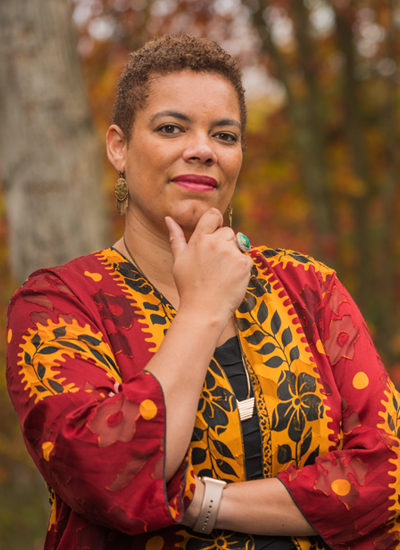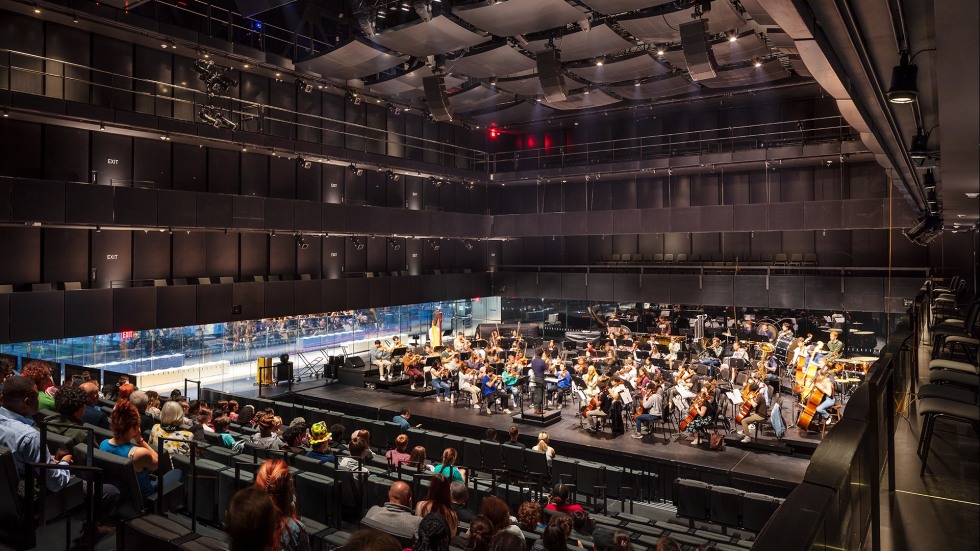 Pulitzer Prize-winning playwrights. Tony Award-winning actors. Thought-provoking visual artists and filmmakers. Brown has built an impressive history of cultivating creative expression and training leaders in all forms of artistic practice. Now, it’s making its largest investment to cement the arts as an integral part of a Brown education through the opening of the Lindemann Performing Arts Center, the IGNITE series, and the Brown Arts Institute (BAI).
Pulitzer Prize-winning playwrights. Tony Award-winning actors. Thought-provoking visual artists and filmmakers. Brown has built an impressive history of cultivating creative expression and training leaders in all forms of artistic practice. Now, it’s making its largest investment to cement the arts as an integral part of a Brown education through the opening of the Lindemann Performing Arts Center, the IGNITE series, and the Brown Arts Institute (BAI).
BAI’s Artistic Director Avery Willis Hoffman reflects on the exciting plans to engage the Brown community in affirming the value of the arts in higher education and highlighting the impact artistic expression can have on our broader society.
As the Brown Arts Institute completes another year of programming, how would you characterize the effect you hope to have on campus and beyond?
Our mission is to provide space for all the activity that can’t happen easily in one department. In the spaces between disciplinary areas and academic art departments there is this creative zone that we can activate with learning and collaborative work. The BAI is interested in the collaborative practice of the arts and what it means to bring in folks from across the University, partnering with the School of Public Health or the Carney Institute for Brain Science, for example.
The institute also wants to open up space for students to witness and be part of an artistic process that can sometimes be very individual. As we bring artists to campus and support art-making, these collaborative spaces are where students are going to be learning and broadening the way they think about the world.
How does the BAI emphasize the role of research in creating artistic pieces?
The BAI is committed to validating and asserting that art-making is a form of knowledge production. It’s a form of research and a very important way of asking tough questions and arriving at insightful answers. Artists embrace that.
One example of that was a pilot for the Artist@Work course concept in early 2022, during which we invited three students to work with artist Theaster Gates on his presentation of Black Chapel, his Serpentine Pavilion in London. They spent most of the year researching and supporting Theaster’s conceptual development. They were able to experience intensive work on programming and various other aspects of the project. We then took them to London in October 2022 to work closely with Theaster on the final programming of the Pavilion. This student and artist experience demonstrated the possibilities of close collaboration, with fruitful learning on both sides.

